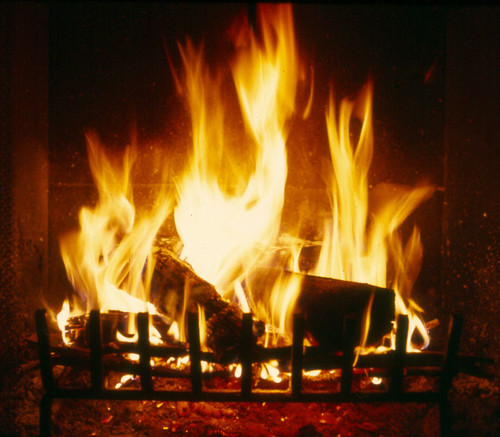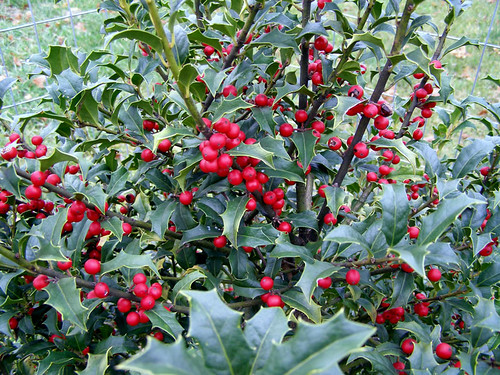
Many holiday traditions are celebrated during the season surrounding the winter solstice, or the time when the sun is at its lowest point above the horizon.
For communities and families, plants play a central role in these traditions. Yet, most people are unaware of the origins of how plants like holly and yule logs became part of holidays and traditions.
Holly (Ilex sp.), for example, plays an important role during the winter solstice. In ancient cultures, the holly tree symbolized the waning sun commencing with the summer solstice and the oak tree symbolized the waxing sun commencing with the winter solstice. Druids believed holly’s evergreen nature made it sacred and that it remained green throughout winter to keep the earth beautiful at a time when deciduous trees have shed their leaves.

Holly became decorative with boughs hanging over front entrances to homes or wreaths hung on doors. The latter tradition originated in Ireland since holly was one of the few plants that was green at this time of the year. Its red berries gave poor people a means of decorating their dwellings and was believed to bring protection and good luck to the inhabitants in the coming year. Do you remember the seasonal song “Deck the Hall with Boughs of Holly?”
How did the yule log tradition begin? The mighty oak (Quercus sp.) was the most sacred tree of Europe, representing the waxing sun and symbolizing endurance, strength, protection, and good luck to people in the coming year. On the winter solstice people would place and set afire a giant oak log in a community fire pit or families would place a smaller oak log in their fireplace or hearth. The log would be lit on the eve of the solstice using the remains of the log from the previous year to start the fire. They would keep the log burning for 12 hours for good luck and protection.
As the fire began, all other lights would be extinguished and the people would gather round the yule log fire. In thanksgiving and appreciation for the events of the past year and in bidding the year farewell, each person would toss dried holly twigs into the fire. The next phase commenced with people tossing oak twigs and acorns into the fire as they shouted out their hopes and resolutions for the coming New Year and sang yuletide carols. The celebration ended with saving unburned pieces of the log to start the fire of next winter’s solstice yule log.
As people celebrate these traditions, the U.S. Forest Service reminds the public interested in harvesting materials from their local forest to obtain a permit from their local ranger district to cut down a tree for Christmas, or gather evergreen boughs, holly and mistletoe. Firewood permits will also allow the opportunity to obtain an oak log to burn on the winter solstice. Availability of these plants and permits will vary by geographic location. Contact your nearby national forest for more information.

